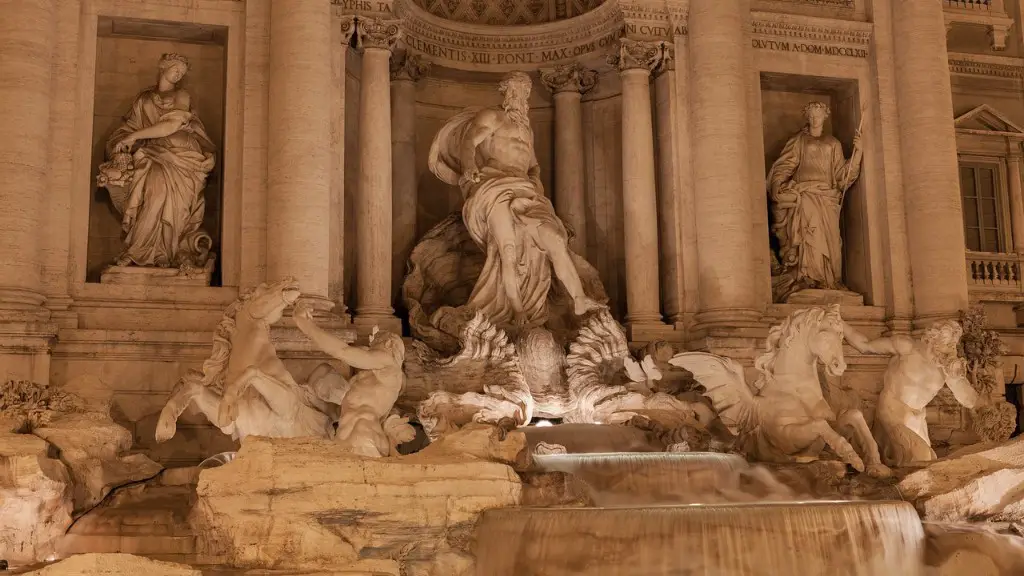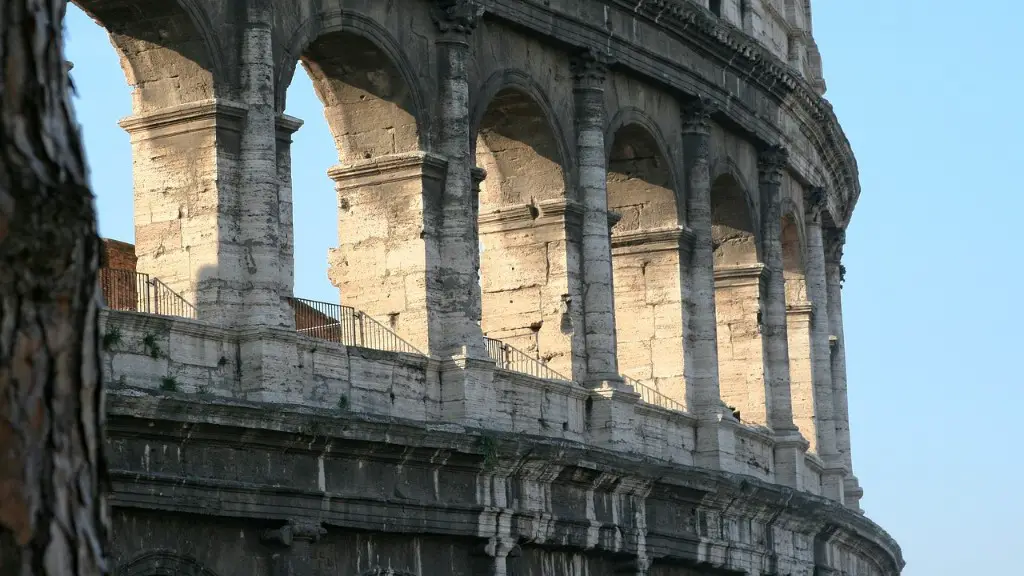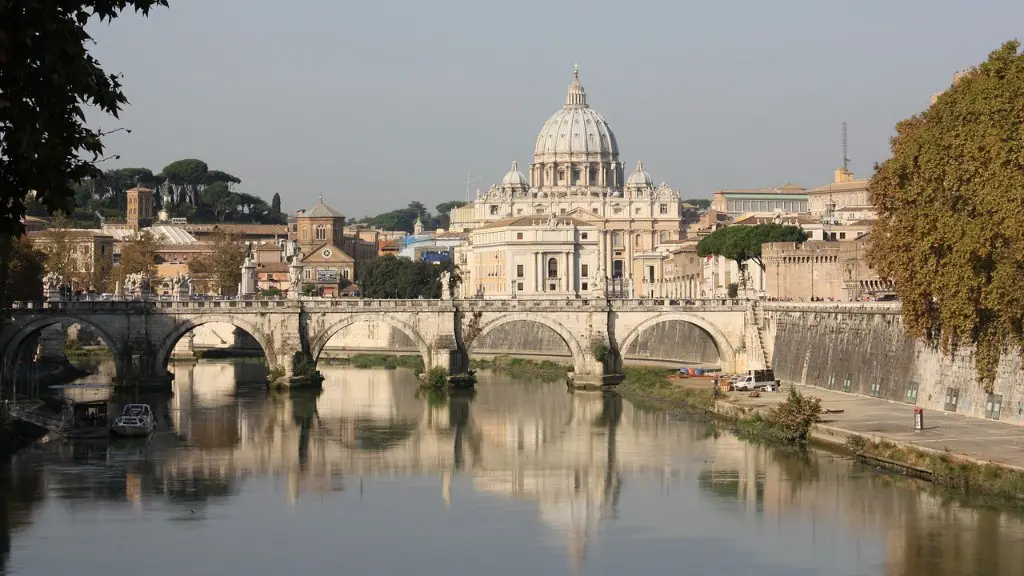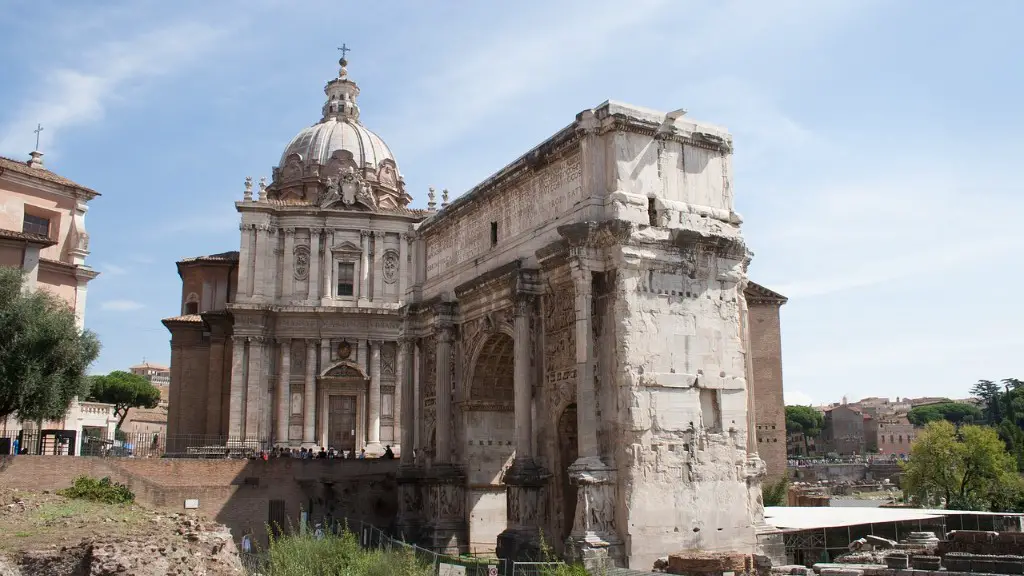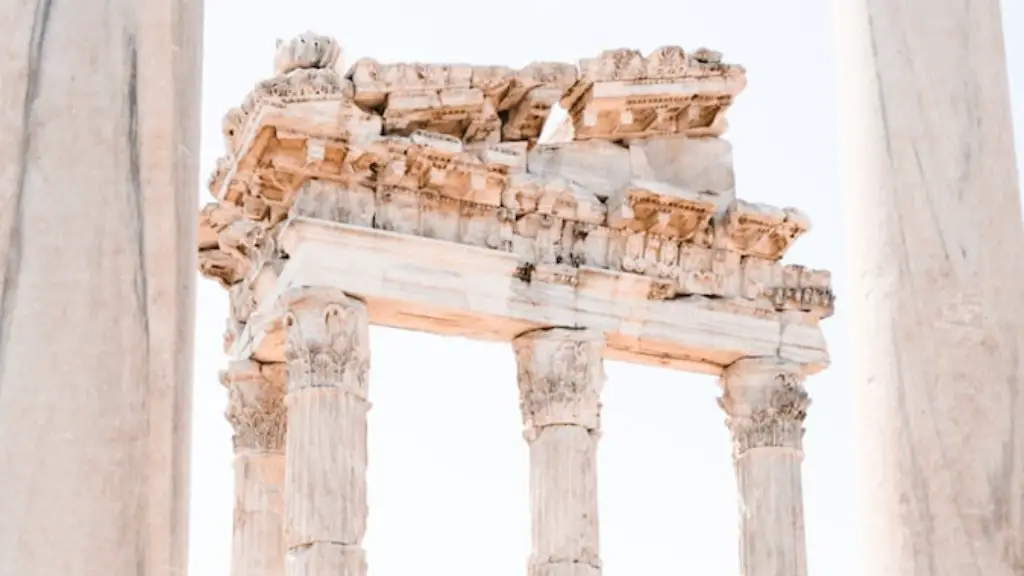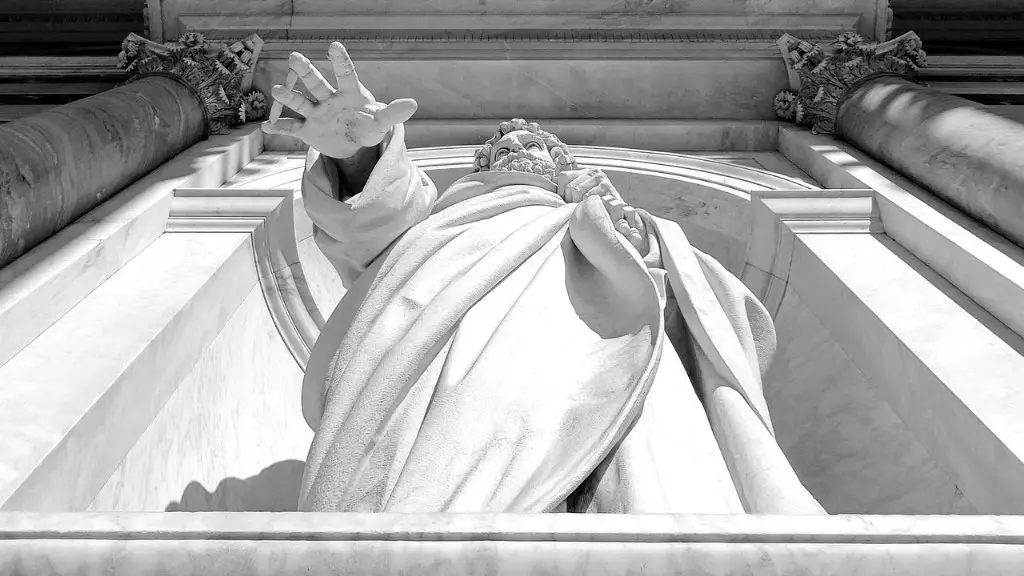How did Via Appia Become Rome’s Main Road?
The Romans were great engineers and their most amazing achievement in that area was the building of the Appian Way. This was an ancient Roman road, which connected Rome to southern Italy and some of its neighboring countries. The Appian Way was named after Appius Claudius Caecus, a Roman magistrate from 312 BC who planned and began the building of the road. It is thought to have been the first long-distance road built for military purposes. The building of this road marked the start of a golden age for Roman engineering and it has been noted as one of the greatest engineering feats of its time.
When building the road, the Romans had to take into account the terrain of the land, which caused a lot of challenges. The area near Rome and southern Italy is quite hilly, meaning that the road had to follow the contours of the land. The Romans used techniques and materials never before used to build the road. This included the use of concrete mixed with brick, stones and gravel. They also added raised edges along the road to keep water and drainage off of the road. This enabled them to build temporary bridges when needed. Finally, in some areas, they even created retaining walls to stop landslides that would interfere with the road.
The Appian Way became the most important road in the Roman world, trading goods between Rome and its many provinces, the road enabled the city to increase its wealth. By the early imperial period, new technologies such as the arch and the brick, made it possible for Romans to build different kinds of roads to facilitate quicker and more efficient trade.
The roads built by the Romans also allowed for better communication and transportation for armies. The roads were used for military campaigns and as roads for the Roman armies, who were able to quickly move from one place to another due to the excellent quality of the roads.
The road was also used for leisure by the Roman citizens who could travel and explore the Roman world. Couples used the road for romantic trips and to visit different cities. In some cases, Roman citizens used the road to go to beaches located at the other end of the country and they would stay in some of the great villas which had been built as part of the Roman expansion.
The Appian Way is still visible today. In some parts of the world, it is possible to walk on the original road, with the stones still on the ground and in some other places it is maintained as an important tourist attraction. In Italy, it is even possible to take a tour of the road and explore the remains of the once great Roman empire.
How Did the Romans Maintain Road Infrastructure?
The Romans were conscious of the need to maintain their infrastructure and every road constructed would involve periodic maintenance. There were regulations in place regarding how often a road should be inspected and how it should be kept in good condition. The Roman road system also included milestones, which were placed along the road to guide people and warn them of difficult terrain ahead. These milestones would be inscribed with directions and distance from specific cities or landmarks.
The most important part of the road infrastructure was how it was managed – built and maintained by the imperial bureaucracy. All roads were considered state-owned, which meant that they had to be kept in good condition as it was an important task to ensure the efficiency of trade, military operations and communication. To ensure that this was done, the state employed a number of people to make sure the roads were repaired, clean and safe. They would check for any problems such as cracks or potholes. In addition, they would also be responsible for keeping the road clear of any debris or objects that might obstruct its use.
In addition to the bureaucracy, the state also made use of civic associations to help maintain the roads. These associations would be formed by several citizens, who would take the responsibility of ensuring the roads were kept in good condition. The state would award them financial aid to support their work.
The Romans were also aware of the need to build new roads. There were specialists in the field of engineering who would work together to ensure that a road was planned, constructed and maintained correctly. In addition, they also had to consider the climate of the land and the materials used to construct the road in order to ensure that it would last numerous years.
The road network of the Roman empire was one of the most efficient ever built in the ancient world and is a testament to how advanced their engineering technology was. In addition, it is also testament to the level of organization and planning that was needed to manage their vast roads.
What Impact Did the Roads Have on Rome’s Expansion?
The quick development of the Roman road network enabled them to expand their empire into multiple countries. By having efficient transportation systems, Rome was able to move troops quickly as well as trade goods between provinces. This also made it easier for the Roman Empire to spread their culture and their laws to the newly acquired lands. The road network allowed the Romans to maintain control over their vast territory and was a key factor in their great success.
In addition to facilitating the conquest of the lands, Rome was also able to spread the influence of their culture and religion. The religion was considered the unifying factor of the empire and the spread of Christianity was made easier with the roads. Christian missionaries were able to travel more quickly and with safety thanks to the roads, making it easier to spread their teachings. Additionally, they were able to set up churches and monasteries, which facilitated their mission.
The roads also enabled trade and the exchange of goods between provinces. The road network that had been built in the Mediterranean was so vast that it allowed for the Roman Empire to control the trade of a variety of goods. This enabled them to accumulate vast amounts of wealth, which helped them to maintain their power.
Overall, the building of roads in Rome was an incredible feat and it had a major impact on the Roman Empire. Without them, the Roman Empire would not have been able to expand and maintain its power for centuries.
What Role Did Technology Play in Road Building?
The construction of the roads in Rome was made possible due to the advancement of technology. During the Roman period, a lot of developments were made in engineering, architecture and construction. These developments included the use of new materials and techniques, which enabled the Roman engineers to build roads with a great level of precision and durability.
In addition to the new materials, the Romans also employed the use of engineering techniques to help them construct their roads. They used terracing, in which they built steps into the road to help guide it along the terrain, and bridges in areas where water might cause damage to the road. They also created retaining walls to support the road in areas where there was a risk of a landslide or other damage.
The Romans were also aware that a road had to be well- drained in order for it to be effective. To achieve this, they added raised edges along the sides of the road, which allowed them to better guide the water away from the road. This was an important feature that helped to make their roads last longer and be more efficient.
Overall, the Roman engineers were able to utilize the technology of their time to construct roads with great precision and accuracy. The roads they built were sturdy and durable and they stood as a testament to the ingenuity of the Roman engineers.
Who Maintained the Roads?
The Romans not only built the roads, but they also made sure that they were maintained. The state was very conscious of making sure the roads were kept in good condition, as they understood that a well-maintained road would ensure the efficient transport of troops and goods, as well as facilitating communication between provinces.
In order to make sure the roads were kept in good condition, the state would appoint road masters to inspect the roads. These were responsible for making sure the roads were safe and in good condition. They would check for cracks, potholes and any other damage to the road and make sure it was cleared of any objects that might cause problems.
In addition, the state also employed a number of people to help maintain the roads. These would be responsible for collecting tolls and any other monies due from travelers, as well as making sure that they paid their fair portion of the road tax. The state would also assign these people to clean the road, fix any damages and to inspect it each year.
The Roman engineering team were also responsible for making sure the road was kept in good condition. They would be responsible for any necessary repairs and for keeping the road clear of any debris or objects. The engineers also had to consider the environment, as well as the climate, when carrying out their repair and maintenance works.
Overall, the state of Rome took great care in making sure that the roads were maintained. This enabled them to keep their vast network of roads in excellent condition, enabling them to move troops and goods quickly, facilitating communication and transportation.
What Happened to the Roads After Rome Fell?
When Rome fell, the roads fell under the control of other empires, such as the Byzantines, who would continue to use them. As these empires became more powerful and gained more control, they began to make changes to the roads in order to better suit their own needs. For example, the Byzantines added more milestones in order to keep track of the distance between certain places. In addition, they made changes to the roads so that horses and horses-drawn carriages could travel on them more easily.
When the Roman Empire fell, the roads were left in disrepair and many were abandoned. However, some were still in use and survived in sections. In some areas, people continued to travel on them, although it was no longer as efficient as before. Some local people even used the roads for trading purposes, despite the risks.
In the Middle Ages, the roads were used mainly for military purposes, as many of them would be used by armies to move troops and supplies. This was done to take advantage of the roads, as they still offered a faster and more efficient way of transportation when compared to other methods.
The roads built by the Romans have left a lasting impression on history and the development of Europe. They have enabled the efficient transportation of goods, people and ideas throughout the continent and have been a major factor in the growth and spread of the European civilization. Although many of the roads have been destroyed and abandoned, they still hold a great significance in history.
What are the Current Conditions of the Remaining Roman Roads?
Some of the roads built by the Romans still remain to this day. In some cases, it is possible to see the original stones and the road surface, though obviously the roads have been subject to many years of wear and tear. In other cases, large sections of the road have been replaced with asphalt.
In some areas, there are still milestones and guard towers that were originally constructed by the Romans. These are usually well preserved by the local governments and many of them are now tourist attractions. This enables people to take a glimpse into the infrastructure of an ancient empire.
Most of the roads built by the Romans have been well maintained by the local governments. They have taken steps to ensure that the roads remain safe to use and are kept in good condition. Some of the roads have also been declared World Heritage Sites, as they are deemed historically significant.
Overall, some of the roads built by the Romans are still in use and have been well preserved by the local governments. They are a great reminder of one of the greatest engineering feats of the ancient world and they hold great significance in the history of Europe.
